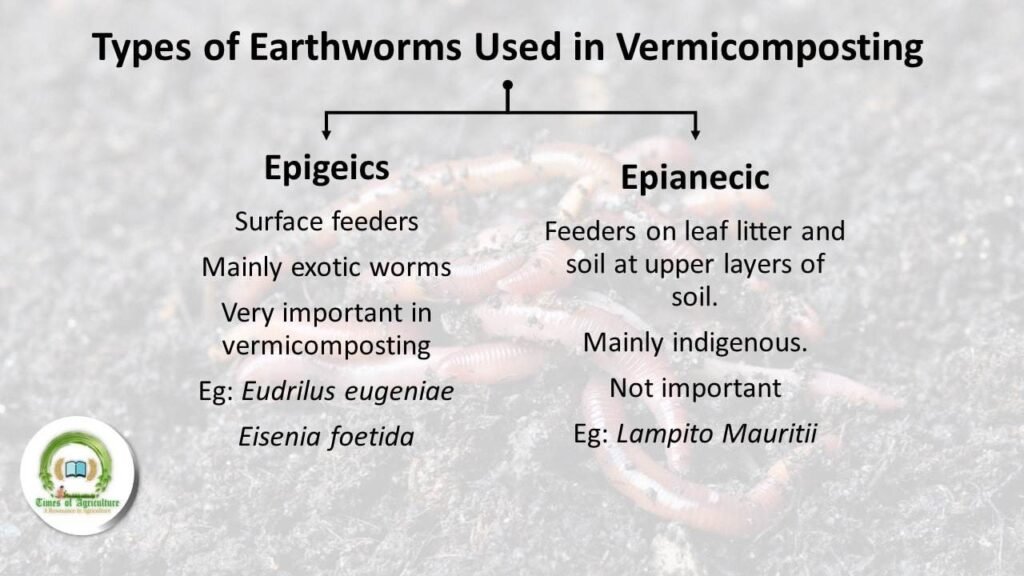All About Red Wiggler Express
All About Red Wiggler Express
Blog Article
Things about Red Wiggler Express
Table of Contents9 Easy Facts About Red Wiggler Express ExplainedUnknown Facts About Red Wiggler ExpressRed Wiggler Express Can Be Fun For EveryoneThe Ultimate Guide To Red Wiggler ExpressThe Basic Principles Of Red Wiggler Express

If you're at all in tune to the farming information of late, you're well conscious that dirt health is in decrease all over the globe an issue that is having a devastating influence on our food systems. The answer to this worldwide trouble? Worms.
Some start vermicomposting as a pastime and range up, whereas others have the intention right from the start to develop a profit-making business. They may be farmers, neighborhood garden volunteers, entrepreneurs, landscapers, greenhouse growers, or team at facilities that generate food waste.
The smart Trick of Red Wiggler Express That Nobody is Discussing
One of the most usual reasons for venturing into industrial vermicomposting is the need to reuse organic waste into products that enhance dirt and plant health. Dirt health has actually lately come to be a crucial global concern. The United Nations Food and Agriculture Organization proclaimed 2015 the International Year of Dirts to boost understanding of dirt's role in food safety and security and healthy environment feature.

In the interior of a landfill, organic products break down in an anaerobic setting and release methane, a greenhouse gas that is 25 times more powerful than carbon dioxide (Gardening). A much better option to landfilling food waste and other organic materials is to vermicompost them. What was as soon as thought about waste can be changed right into useful items that nourish soils and plants
The Main Principles Of Red Wiggler Express
For the past 25 years in lots of documents, book chapters, and interviews, I have described the ended up item of vermicomposting as vermicompost. This term is often made use of to recognize the mix of earthworm spreadings (feces) and leftover bedding and feedstock (organic product) that is collected from worm beds.
After considerable thought, I determined to make use of the term vermicast throughout this publication, for two important factors. One is since many individuals make use of the terms garden compost and vermicompost interchangeably, not understanding that completion product of vermicomposting is qualitatively different from compost. I assume it would certainly benefit the vermicomposting sector to distance itself from the term compost in describing its products.
Composting is the regulated process of transforming organic materials right into an important dirt change under cardio conditions using biologically generated warm. On the other hand, a vermicomposting heap or worm container need to be kept so that it does not warm up. In a compost stack the types and quantities of types of microorganisms change when the stack reaches thermophilic temperatures of 106F (41C) or greater.
Red Wiggler Express Things To Know Before You Buy
The lower line marking the distinction between compost and vermicast, though, (https://issuu.com/redwigglerex) is that the latter has actually travelled through earthworms. Therefore, vermicomposting is much more comparable to livestock manufacturing than to composting; it needs pet husbandry skills to properly take care of the worms. A 2nd reason to utilize Homepage the term vermicast is to stay clear of item labeling that can be confusing to consumers.
Creative Commons. Worm spreading is the final product of worm digestion and can be merely called worm manure. It is abundant in organic matter and useful microorganisms that create and assist your garden. Research carried out by Teacher Arancon from the University of Hawaii at Hilo has revealed that making use of earthworm dirt changes increases the development, blooming, and return of plants such as bell peppers, strawberries, and grapes.
Lasting horticulture is exercised when no-cost or inexpensive changes such as the use of worm casting from vermicomposting is integrated. Collected natural matter in vermicompost bins.
In the past two hundred years after the Industrial Change, methane concentrations within the environment have greater than increased due in big part to anthropogenic human-related activities (Plants). Around 50 percent of LFG released from garbage dumps is co2 and the rest is a tiny percentage of non-methane organic substances. Methane is a potent greenhouse gas that remains in the environment for a much shorter time in comparison to carbon dioxide yet both are released in the atmosphere in large quantities from varying resources among which is organic material decomposition from land fills
The 10-Minute Rule for Red Wiggler Express

Exists a food waste or vermicomposting system on your regional school? It is seen that long-term and impactful activities on a system wide scale can begin with a solitary little worm. Worms might be traditionally linked with this gory and creepy period, however when thinking about the interconnected influence of the vermicomposting procedure (on improving dirt wellness and plant development in your yard, mitigate environment modification, and equipping trainees) offer some appreciation to the abundant benefits that worms offer.
Report this page